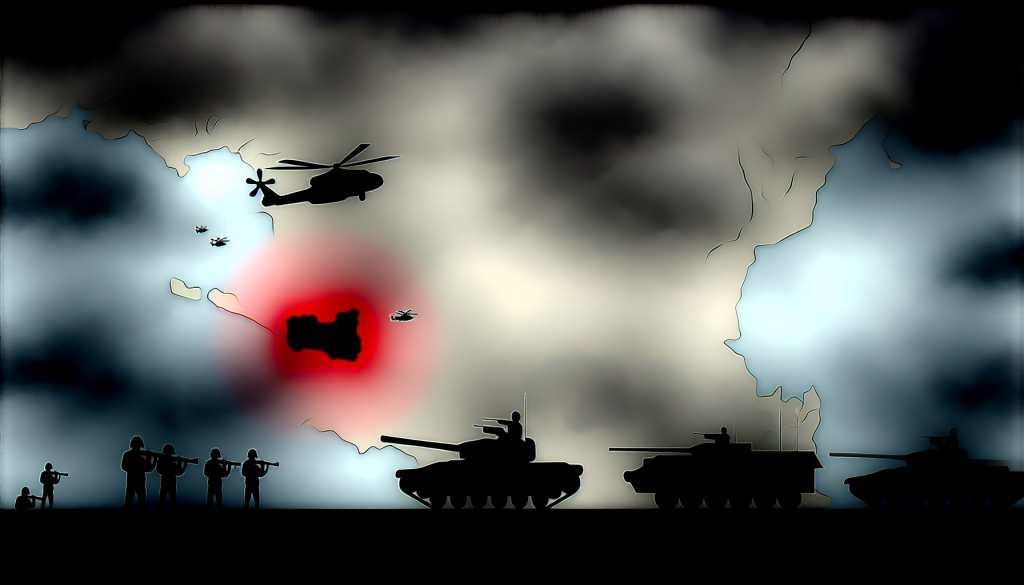North Korea’s Military Posturing Amid U.S. Forces Build-Up
The Context: Rising Tensions
On October 5, 2023, North Korean leader Kim Jong Un made headlines by declaring Pyongyang’s enhanced military readiness in response to increasing United States military presence in South Korea. This announcement, broadcast by state media KCNA, emphasizes the longstanding tensions in the region. The timing of Kim’s bold statements coincides with the 80th anniversary of the Workers’ Party of Korea, marking a significant moment in the country’s military history.
Strategic Allocation of Resources
During a military exhibition, Kim highlighted that North Korea has allocated “special assets” to counter what he refers to as the “build-up of US forces in Korea.” This allocation is not just rhetoric; it signals a transition to a more proactive defense strategy amid evolving geopolitical threats. Kim pointedly remarked that “our strategic interest in the region has also increased,” suggesting that North Korea is investing in its military capabilities in direct correlation to perceived threats from the U.S. military activities.
Concerning Elaboration on Military Measures
In his address, Kim emphasized that North Korea “will undoubtedly develop additional military measures.” While he did not elaborate on the specifics, this declaration serves as a cautionary note for regional powers and military analysts alike. Such statements have often preceded military advancements, prompting observers to consider the implications for conflict dynamics in East Asia.
Military Cooperation with Russia
North Korea’s recent military ties with Russia have raised eyebrows globally. According to South Korean officials, Kim has deepened cooperation with Russia in various ways, including providing military support amidst Russia’s ongoing conflict in Ukraine. This alignment not only showcases North Korea’s strategic partnerships but also suggests a realignment of military alliances that could shift the balance of power in the region.
The China Connection
Adding another layer to North Korea’s military posture, Kim’s relationship with China has also been strengthening. His recent visit to Beijing, where he joined Chinese President Xi Jinping and Russian President Vladimir Putin for a military parade, symbolizes a unified front among these nations. This collaboration poses significant challenges to U.S. interests in Asia, as it represents a concerted effort among these nations to counterbalance Western influence in the region.
The Implications of Increased Militarization
The combination of Kim’s declarations, military asset allocation, and collaboration with both Russia and China poses critical questions for regional security. Concerns arise regarding an arms race that could destabilize not just the Korean Peninsula but also the broader East Asian region. Analysts suggest that such developments may force neighboring countries, particularly South Korea and Japan, to reassess their security policies and military strategies.
Looking Ahead
As North Korea continues to verbalize its military intentions in response to U.S. actions, the implications for diplomatic relations in East Asia remain tense. The ability to navigate these escalating tensions while maintaining dialogue will be crucial for stability. With military buildups on both sides, the region stands at a potentially perilous crossroads, making the course of international relations all the more critical in the coming months.

